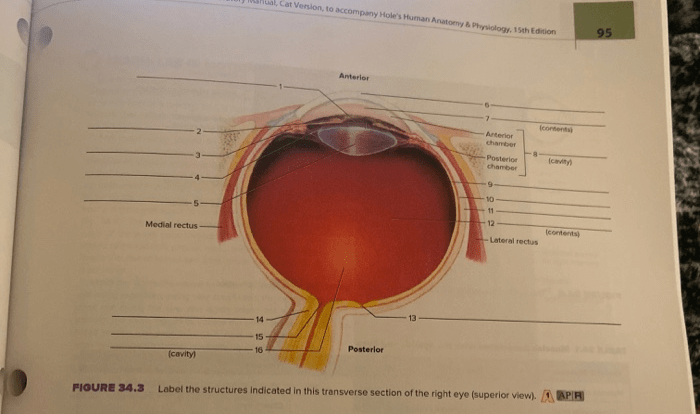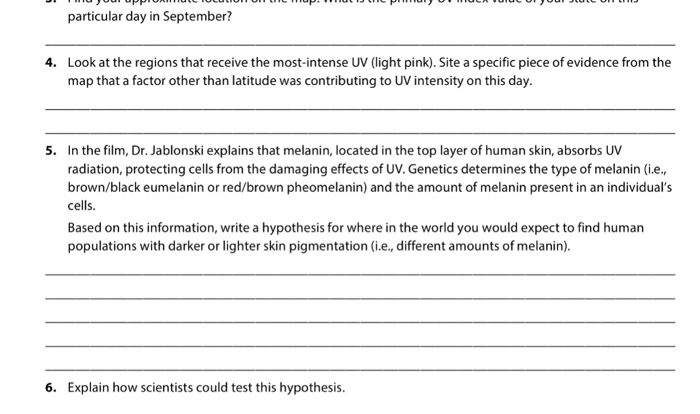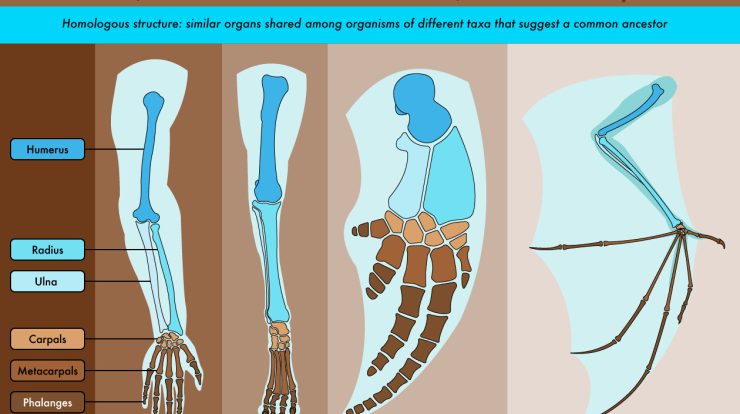Tissues of the body worksheet – Embark on a journey into the intricate world of tissues, the fundamental building blocks of our bodies. From epithelial to nervous, each tissue type plays a unique and vital role in our overall health and well-being. Dive into this comprehensive worksheet to unravel the secrets of these fascinating biological components.
This worksheet delves into the structure, function, and classification of various tissue types, providing a solid foundation for understanding their significance in human anatomy and physiology.
Types of Tissues
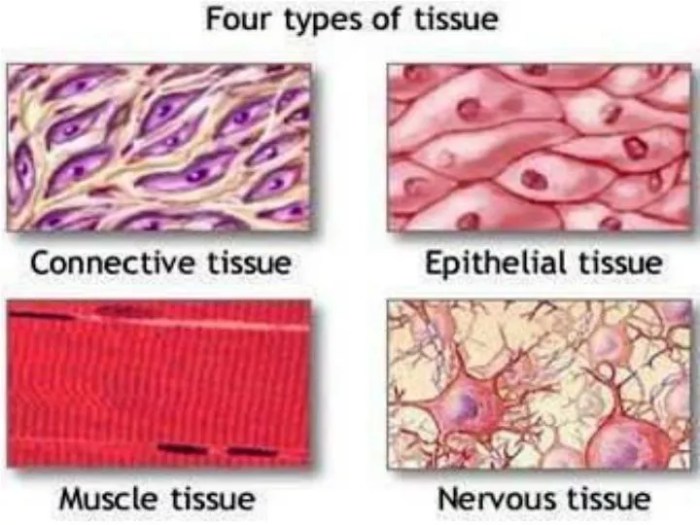
The human body is composed of various types of tissues, each with specialized functions and structures. These tissues can be broadly classified into four primary types:
Epithelial Tissue
Epithelial tissue covers the body’s surfaces, lines organs and cavities, and forms glands. It protects the body from the external environment, secretes substances, and absorbs nutrients.
- Simple squamous epithelium:Thin, flat cells lining blood vessels and air sacs.
- Simple cuboidal epithelium:Cube-shaped cells lining kidney tubules and salivary glands.
- Simple columnar epithelium:Tall, column-shaped cells lining the digestive tract and respiratory system.
- Pseudostratified columnar epithelium:Cells of varying heights that appear layered, lining the trachea and nasal passages.
Connective Tissue
Connective tissue supports, connects, and protects other tissues. It consists of cells embedded in an extracellular matrix.
- Loose connective tissue:Found in the dermis of the skin, supporting and cushioning tissues.
- Dense connective tissue:Stronger than loose connective tissue, found in tendons and ligaments.
- Cartilage:A flexible, shock-absorbing tissue found in joints and ears.
- Bone:A hard, mineralized tissue that forms the skeleton.
Muscle Tissue
Muscle tissue allows for movement. It consists of cells that can contract.
Understanding the tissues of the body is crucial, just like how Xactimate is used to estimate the cost of repairs in the insurance industry. This software, accessible at what is xactimate used for , provides insights into the materials and labor required for a repair, much like the tissues of the body work together to maintain our health.
By studying the tissues of the body worksheet, you can gain a deeper understanding of the building blocks of our bodies.
- Skeletal muscle:Attached to bones, responsible for voluntary movement.
- Smooth muscle:Found in the walls of organs, responsible for involuntary movement.
- Cardiac muscle:Found only in the heart, responsible for pumping blood.
Nervous Tissue
Nervous tissue transmits electrical signals throughout the body. It consists of neurons and glial cells.
- Neurons:Specialized cells that transmit electrical impulses.
- Glial cells:Support and protect neurons.
| Tissue Type | Function | Location | Example |
|---|---|---|---|
| Epithelial | Protection, secretion, absorption | Surfaces, organs, cavities | Skin, stomach lining, lung lining |
| Connective | Support, connection, protection | Dermis, tendons, cartilage, bone | Skin, tendons, joints, skeleton |
| Muscle | Movement | Attached to bones, organs, heart | Biceps, stomach muscles, heart muscle |
| Nervous | Signal transmission | Brain, spinal cord, nerves | Neurons, glial cells |
Epithelial Tissue
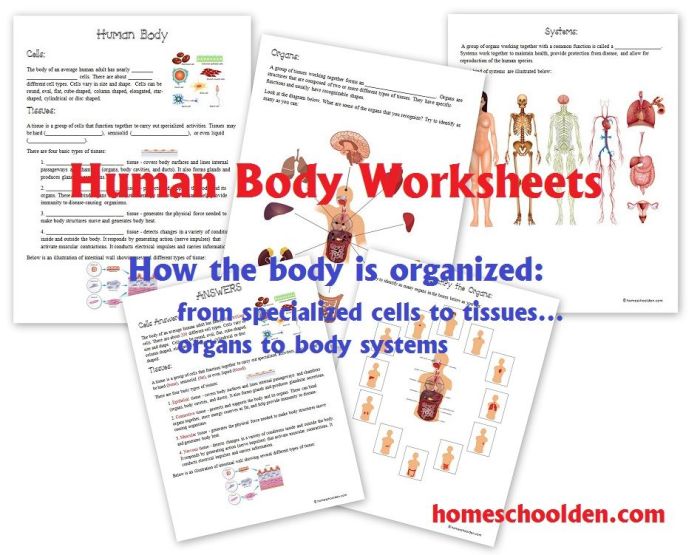
Epithelial tissue forms the lining of organs and cavities throughout the body, acting as a protective barrier and facilitating various essential functions.
Epithelial cells are tightly packed together, with minimal extracellular matrix. They exhibit polarity, with distinct apical (top) and basolateral (bottom) surfaces. The apical surface faces the lumen (interior) of organs or cavities, while the basolateral surface rests on a basement membrane.
Types of Epithelial Tissue
Epithelial tissues are classified based on their shape and arrangement:
- Squamous Epithelium:Thin, flattened cells; lines blood vessels, alveoli, and serosal cavities.
- Cuboidal Epithelium:Cube-shaped cells; found in glands, ducts, and kidney tubules.
- Columnar Epithelium:Tall, column-shaped cells; lines the digestive tract, respiratory tract, and uterus.
- Pseudostratified Epithelium:Cells appear layered, but all reach the basement membrane; lines the trachea and male urethra.
- Transitional Epithelium:Stretchable cells that change shape; lines the urinary bladder and ureters.
Functions of Epithelial Tissue
Epithelial tissue performs a wide range of functions, including:
- Protection:Forms a barrier against pathogens, chemicals, and physical damage.
- Absorption:Facilitates the uptake of nutrients, water, and ions from the external environment.
- Secretion:Produces and releases substances such as hormones, enzymes, and mucus.
- Excretion:Removes waste products from the body through sweat, urine, and feces.
- Sensory Reception:Detects stimuli from the external environment, such as touch, temperature, and taste.
Connective Tissue
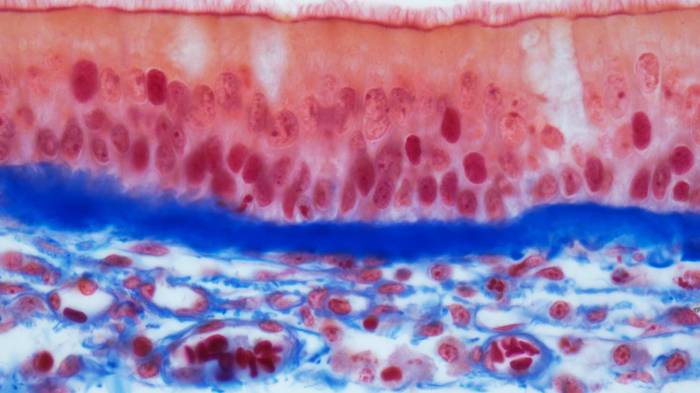
Connective tissue is the most abundant and widely distributed tissue in the body. It provides structural support, connects different tissues and organs, and plays a crucial role in various physiological processes.
Connective tissue consists of cells, fibers, and a ground substance. The cells are widely spaced and embedded in the ground substance, which is a gelatinous matrix composed of proteins, carbohydrates, and water. The fibers provide strength and flexibility to the tissue.
Types of Connective Tissue, Tissues of the body worksheet
There are several types of connective tissue, each with a distinct structure and function. The main types of connective tissue include:
- Loose connective tissue
- Dense connective tissue
- Cartilage
- Bone
- Blood
Each type of connective tissue has its own unique composition and function. For example, loose connective tissue is found in the dermis of the skin, where it provides support and cushioning. Dense connective tissue is found in tendons and ligaments, where it provides strength and flexibility.
Cartilage is found in joints, where it provides a smooth, gliding surface. Bone is found in the skeleton, where it provides support and protection. Blood is a fluid connective tissue that circulates throughout the body, transporting oxygen, nutrients, and waste products.
The following table summarizes the different types of connective tissue, their composition, and their functions:
| Type | Composition | Function |
|---|---|---|
| Loose connective tissue | Cells, fibers, and ground substance | Provides support and cushioning |
| Dense connective tissue | Cells, fibers, and ground substance | Provides strength and flexibility |
| Cartilage | Cells, fibers, and ground substance | Provides a smooth, gliding surface |
| Bone | Cells, fibers, and ground substance | Provides support and protection |
| Blood | Cells, fibers, and ground substance | Transports oxygen, nutrients, and waste products |
Muscle Tissue

Muscle tissue is a specialized tissue that enables movement in the body. It consists of cells that contain contractile proteins, allowing them to shorten and lengthen, generating force and motion.
Types of Muscle Tissue
- Skeletal Muscle:Attached to bones, responsible for voluntary movements like walking and lifting.
- Smooth Muscle:Found in internal organs and blood vessels, responsible for involuntary functions like digestion and blood flow regulation.
- Cardiac Muscle:Unique to the heart, responsible for the rhythmic contractions that pump blood throughout the body.
Characteristics of Muscle Tissue
- Excitability:Responds to electrical or chemical stimuli.
- Contractility:Ability to shorten and lengthen, generating force.
- Extensibility:Can be stretched without damage.
- Elasticity:Ability to return to its original shape after stretching.
Nervous Tissue
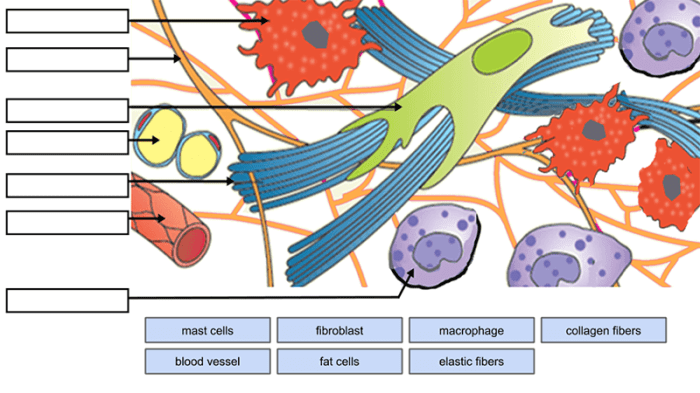
Nervous tissue, the control center of the body, plays a crucial role in communication and coordination throughout the body. It receives and processes sensory information, controls body movements, and regulates internal functions.
Types of Nervous Tissue
There are two main types of nervous tissue:
- Neurons: These are the fundamental units of the nervous system, responsible for transmitting electrical signals throughout the body. They consist of a cell body, dendrites, and an axon.
- Neuroglia (Glial Cells): These supporting cells provide nourishment, protection, and insulation to neurons, ensuring their proper functioning.
Locations of Nervous Tissue
Nervous tissue is found throughout the body, with the central nervous system (CNS) being the primary command center. The CNS includes the brain and spinal cord, while the peripheral nervous system (PNS) comprises nerves that extend from the CNS to various body parts.
Comparison of Nervous Tissue Types
| Type | Structure | Function | Location |
|---|---|---|---|
| Neuron | Cell body, dendrites, axon | Transmits electrical signals | CNS and PNS |
| Neuroglia (Glial Cells) | Various types with specialized functions | Supports and protects neurons | CNS and PNS |
General Inquiries: Tissues Of The Body Worksheet
What are the four primary tissue types?
Epithelial, connective, muscle, and nervous tissue
What is the function of epithelial tissue?
Protection, secretion, absorption, and excretion
What are the different types of muscle tissue?
Skeletal, smooth, and cardiac muscle
